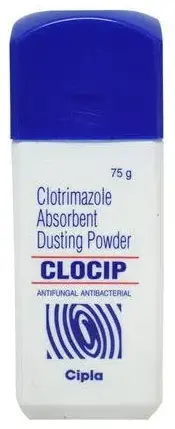Powder Dosage form in Pharmaceutics
Powders as a Dosage Form
There are a variety of powdered dosage forms commercially available, such as
- Bulk Powder
- Divided Powders
- Insufflations and Dry Powder Inhalers
- Dusting Powders
When the term “powder” is referred to as a dosage form, it represents a formulation that is a mixture of powdered drug and excipients.
Advantage of Powder Dosage Form
Powders still have some advantages over solid dosage forms. Advantages of powders include:
- chemically stable;
- relatively convenient, when able to provide a large dose of drugs, rather than capsules or tablets;
- The dissolution rate of oral powders containing water-soluble drugs is generally faster than tablets or capsules, in which disintegration of the tablet or the capsule shell is required prior to dissolution.
Disadvantages of Powder Dosage Form
The disadvantage of powders as a dosage form include:
- They are not convenient for patients to carry, compared to capsules or tablets;
- masking unpleasant tastes is difficult;
- potent drugs requiring low doses may not be appropriate;
- irritating drugs, which can cause damage to the stomach, are not suitable.
The powdered product should always be protected from exposure to moisture.
Types of Powders
1. Bulk Powder
Bulk powders contain a mixture of all the materials, packed into a properly designed bulk containers, such as a glass or plastic bottle.
Drugs having a wider therapeutic window, a large dose, and pleasant taste, such drugs can present in the bulk powders. Effervescent powders are a special type of bulk powder.
The major problem of bulk powders is the inaccuracy of dose.
The dose of bulk powders can be affected by many factors, including the measuring device (spoon), storage humidity, degree of settling, and patient factors. For example, the dose of bulk powder may vary for patients using differently sized spoons, or even those using the same spoon according to their technique
2. Divided Powders
Divided powders are bulk powders in which the individual dose has been packed separately. The traditional packing of divided powders is in wrapped paper.
many problems are involved in wraped packing, when the materials are volatile, hygroscopic, or deliquescent. Therefore modern packing methods are developed to replace the use of paper wrapping, such as foil and plastic laminates. Effervescent powders can be packed into individual doses, because the plastic laminates can protect powders from moisture adsorption.
3. Dusting Powders
Dusting powders are designed for external use, acting as a therapeutic, lubricant, or protective. Dusting powders act locally and are intended to have no systemic absorption.
Dusting powders are usually dispensed in a relatively fine state (micronized) to increase efficacy and decrease irritation.
Dusting powders can be packed in glass or metal containers with a perforated lid to allow the powders to be dusted to the effective area.
Excellent flowability is necessary for dusting powders.

4. Insufflations and Dry Powder Inhalers
Insufflations are fine powders of drugs, which are dosed into the nose, ear, or throat by the use of an insufflator.
The use of conventional insufflators has declined, due to poor patient compliance and dose non-uniformity.
newly developed devices have been introduced to replace the traditional insufflators. In these devices, drugs are usually dispensed with a carrier excipient, such as lactose, and placed into a hard gelatin capsule. When the device is operated, the capsule is broken and the fine powder is inhaled into the patient’s body.
Dry powder inhalers are similar to the new insufflators.


Comments are closed